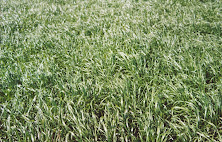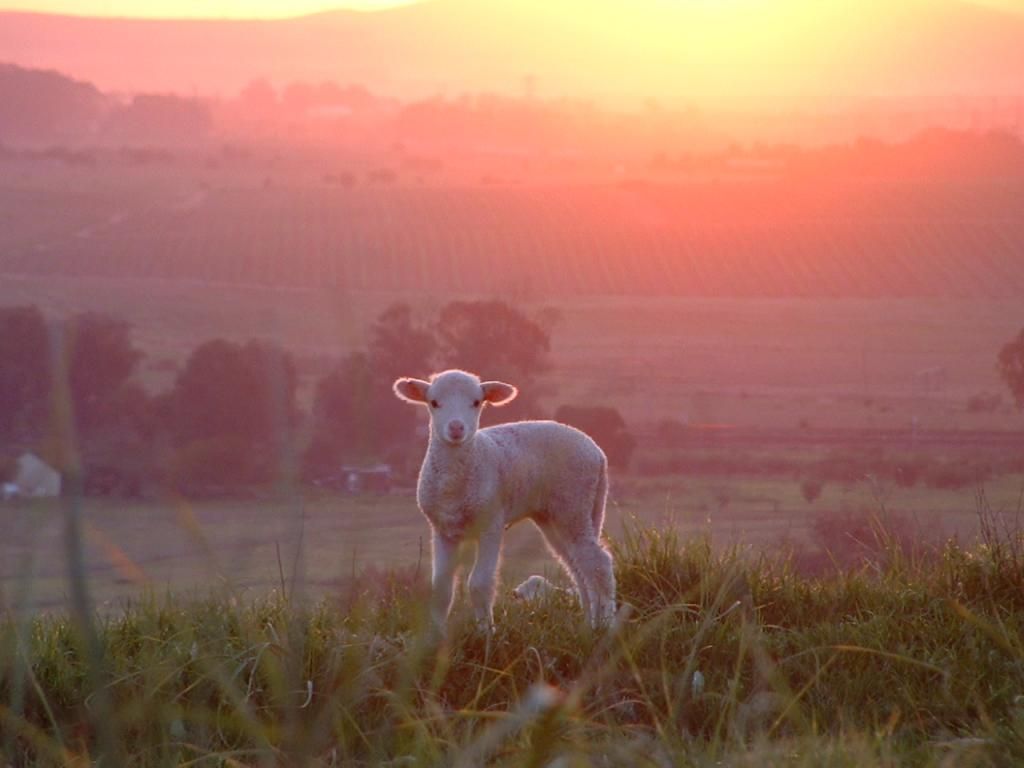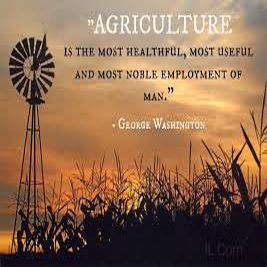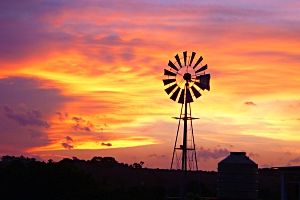General info with focus on South Africa.
The
 |
Affected animals have a fever of between 40 and 42 °C, are listless,
A postmortem examination reveals varying quantities of straw-colored fluid, which may sometimes be blood-tinged, in the chest cavity and the heart sac (hence the name of the disease). The lungs are heavy and have a soaked appearance. White foam is often abundant in the air passages. Some or all of these changes may, however, also be observed in animals dying from other causes and only a veterinarian can make a final diagnosis by microscopical examination of a smear prepared from brain tissue.
The movement of animals carrying infected ticks into or through an area free from the disease, can result in losses among susceptible stock if they are infected by ticks which drop from the infested animals. The ticks, however, seldom survive longer than one season in an area which is climatically unsuitable for them.
Apart from cattle and small stock, large and small game animals, hares and some ground dwelling birds (
Cattle, particularly indigenous breeds, older than 1 year and newborn calves up to an age of 4 to 6 weeks, have nonspecific resistance to the disease and when infected many of them show no clinical signs, or at most develop a mild fever reaction.
 |
They are magnified approx. 1000 times!
|
Cattle and small stock may be resistant to infection by infected ticks for two
reasons: animals may be immune (either as a result of an earlier infection or
through vaccination) or they may have a varying degree of natural resistance
against the disease. Animals born in a heartwater area are usually, but not
necessarily always, exposed to infected ticks (and become infected) when they
are still young and have an inborn natural resistance. In this way they acquire
an early immunity, which is thereafter boosted by regular reinfection by ticks.
Losses as a result of heartwater most often occur when animals born and reared
in areas free from the tick and the disease are moved into areas where the
disease occurs (endemic areas) or when animals in endemic areas loose their
immunity, because they are not exposed to reinfection by ticks (eg as a result
of a too intensive dipping program).
Prevention
Ruminants younger than
three weeks of age have a natural resistance to heartwater infection . This
resistance does not depend on colostrum intake. When a young animal is bitten
by an infected tick, it will build up an immunity, but not become ill. If.
however , it is bitten for the first time when it is older than three weeks, it
will fall ill and may die if not treated appropriately. Animals that are immune
have to be bitten at regular intervals since they may lose their immunity if
not bitten within six to nine months. It is thus of the utmost importance that
animals in heartwater endemic areas (areas where it occurs naturally) should not
be kept free from ticks for extended periods.
Treatment
There are numerous drugs
on the market containing Oxytetracycline as the active substance. All of these
drugs will be effective against the heartwater organism provided it is used
timeously and a high enough dose is given. The earlier treatment is begun the
higher the chances of success.
In severe cases,
cortisone may be given with the Oxytetracycline. These drugs, however, have
serious possible side-effects and are only available on prescription from a
vet. If given to pregnant animals, abortion may ensue. Cortisone helps to
stabilize the damaged blood vessels to prevent further leakage of fluid and
also aids in relieving excess pressure on the brain.































